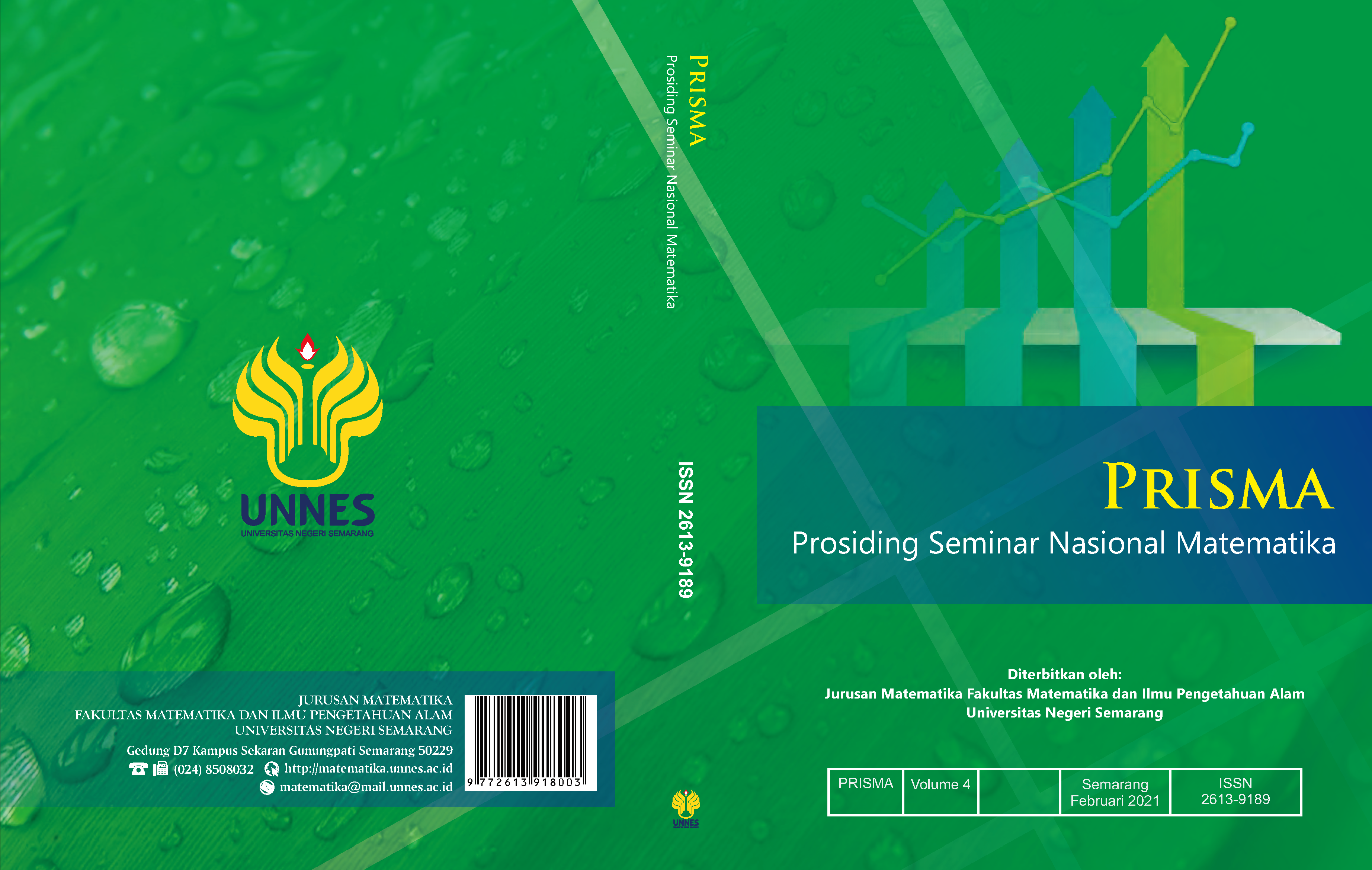Scratch Coding for Kids: upaya memperkenalkan mathematical thinking dan computational thinking pada siswa sekolah dasar
Main Article Content
Abstract
Computational thinking disebut-sebut sebagai salah satu kemampuan dasar yang melengkapi kemampuan membaca, menulis, dan aritmatika. Pemerintah Indonesia melalui Kemendikbud berencana mengintegrasikan computational thinking dalam kurikulum pendidikan dasar. Namun, di sisi lain, pengetahuan guru dan siswa tentang computational thinking masih sangat minim. Pengabdian ini bertujuan (1) mensosialisasikan Scratch Coding for Kids sebagai sarana memperkenalkan mathematical thinking dan computational thinking sekolah dasar dan (2) memberikan pengalaman langsung pada siswa dan guru sekolah dasar dalam mengenal konsep pemrograman sederhana yang terkait dengan konsep-konsep matematika. Metode pelaksanaan pengabdian meliputi: (1) tahap pendahuluan dan perizinan; (2) tahap sosialisasi; (3) tahap pelaksanaan yang terdiri dari dua kegiatan utama: seminar tentang mathematical thinking dan computational thinking dan kegiatan praktik penggunaan Scratch Coding for Kids bagi siswa dan guru; (4) tahap evaluasi akhir.
Article Details
References
Bocconi, S., Chioccariello, A., Dettori, G., Ferrari, A., Engelhardt, K., Kampylis, P., & Punie, Y. (2016). Developing Computational Thinking in compulsory education, Implications for policy and practice. Luxembourg: Publications Office of the European Union. https://doi.org/10.2791/792158
Conway, M., Pausch, R., Gossweiler, R., & Burnette, T. (1994). Alice: a rapid prototyping system for building virtual environments. In Conference Companion on Human Factors in Computing Systems (pp. 295–296).
Cooper, S., Dann, W., & Pausch, R. (2003). Teaching objects-first in introductory computer science. ACM SIGCSE Bulletin, 35(1), 191–195.
CS for All. (n.d.). Retrieved from https://www.csforall.org/
Cuoco, A., Goldenberg, E. P., & Mark, J. (1996). Habits of mind: An organizing principle for mathematics curricula. The Journal of Mathematical Behavior, 15(4), 375–402.
Glinert, E. P. (1986). Towards second generation interactive graphical programming environments. In Proceedings of IEEE Workshop onVisual Language. IEEE CS Press, Silver Spring, MD (pp. 61–70).
Grover, S. (2018). The 5th ‘C’ of 21st Century Skills? Try Computational Thinking (Not Coding). Retrieved from https://www.edsurge.com/news/2018-02-25-the-5th-c-of-21st-century-skills-try-computational-thinking-not-coding
Harvey, B., & Mönig, J. (2010). Bringing “no ceiling†to Scratch: Can one language serve kids and computer scientists. Proc. Constructionism, 1–10.
Khine, M. S. (2018). Strategies for Developing Computational Thinking. In M. S. Khine (Ed.), Computational Thinking in the STEM Disciplines (pp. 3–10). Springer, Cham.
Lee, C. (2006). Language for learning mathematics: assessment for learning in practice: Assessment for learning in practice. McGraw-Hill Education (UK).
Ling, U. L., Saibin, T. C., Naharu, N., Labadin, J., & Aziz, N. A. (2018). An evaluation tool to measure computational thinking skills: pilot investigation. National Academy of Managerial Staff of Culture and Arts Herald, 1, 606–614.
Mason, J., Burton, L., & Stacey, K. (2011). Thinking mathematically. Pearson Higher Ed.
Meerbaum-Salant, O., Armoni, M., & Ben-Ari, M. (2013). Learning computer science concepts with scratch. Computer Science Education, 23(3), 239–264.
Moskal, B., Lurie, D., & Cooper, S. (2004). Evaluating the effectiveness of a new instructional approach. In Proceedings of the 35th SIGCSE technical symposium on Computer science education (pp. 75–79).
Price, T. W., & Barnes, T. (2015). Comparing textual and block interfaces in a novice programming environment. In Proceedings of the eleventh annual international conference on international computing education research (pp. 91–99).
Riddell, R. (2018). Should the 4 Cs of 21st century skills make room for one more? Retrieved from https://www.educationdive.com/news/should-the-4-cs-of-21st-century-skills-make-room-for-one-more/517878/
Seow, P., Looi, C.-K., How, M.-L., Wadhwa, B., & Wu, L.-K. (2019). Educational Policy and Implementation of Computational Thinking and Programming: Case Study of Singapore. In S.-C. Kong & H. Abelson (Eds.), Computational Thinking Education (pp. 345–361). Singapore: Springer Singapore.
So, H.-J., Jong, M. S.-Y., & Liu, C.-C. (2020). Computational Thinking Education in the Asian Pacific Region. The Asia-Pacific Education Researcher, 29(1), 1–8. https://doi.org/10.1007/s40299-019-00494-w
Vaillancourt, D. (2016). What Is Mathematical Thinking? Retrieved from https://drvcourt.wordpress.com/2016/07/08/what-is-mathematical-thinking/
Wing, J. M. (2006). Computational Thinking. Communications of the ACM, 49(3), 33–35.
Wolber, D., Abelson, H., Spertus, E., & Looney, L. (2011). App Inventor. “ O’Reilly Media, Inc.â€
